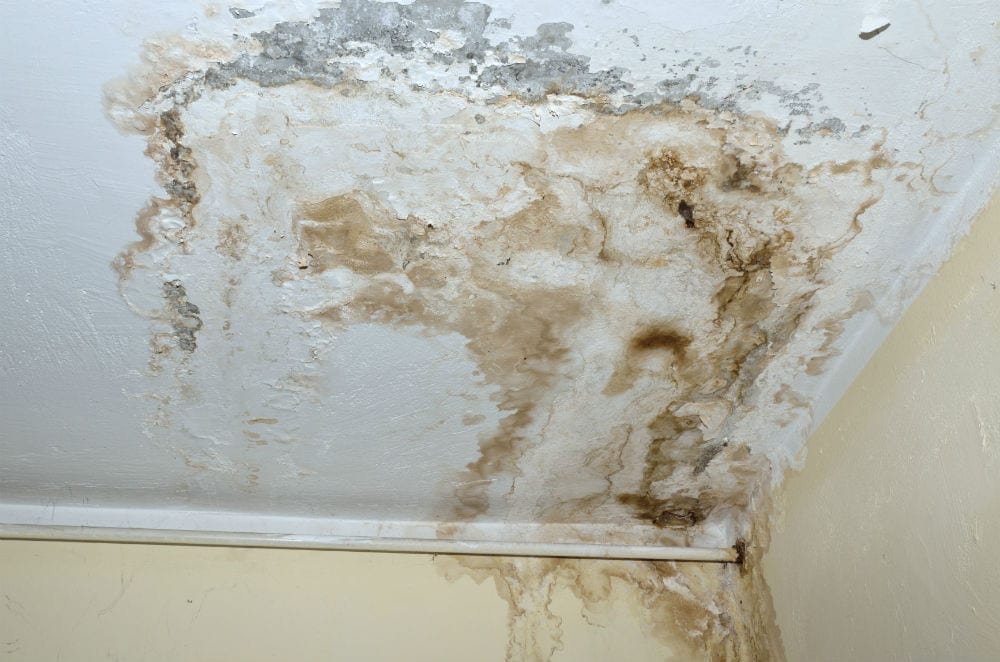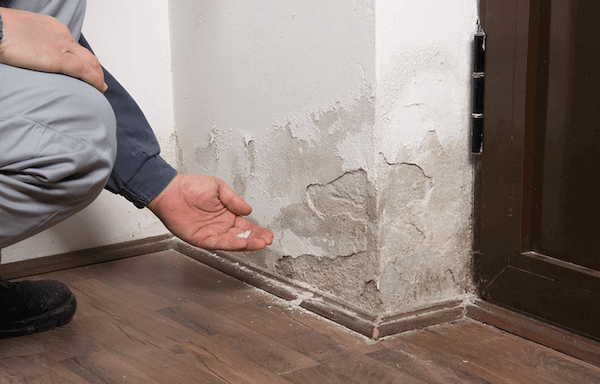6 Water Damage Remediation Do's and also Don'ts.
6 Water Damage Remediation Do's and also Don'ts.
Blog Article
Were you interested in resources on Simple Solutions To Preventing Fire And Water Damage To Your Home?

Though water provides life, water breach on components where it's not intended to be can result in damages. It can peel off away surface areas and deteriorate the foundation if the water saturates right into your structure. Mold and mildew as well as mold also thrive in a damp environment, which can be hazardous for your wellness. Houses with water damage smell old and musty.
Water can come from many sources such as tropical storms, floods, ruptured pipes, leakages, as well as drain issues. In case you experience water damage, it would certainly be great to know some safety preventative measures. Below are a few guidelines on exactly how to deal with water damage.
Do Prioritize Home Insurance Policy Protection
Water damage from flood as a result of heavy winds is seasonal. Nevertheless, you can additionally experience an unexpected flooding when a defective pipeline suddenly ruptures right into your residence. It would certainly be best to have house insurance policy that covers both acts of God such as all-natural disasters, and also emergency situations like broken plumbing.
Don't Neglect to Shut Off Energies
In case of a catastrophe, particularly if you live in a flood-prone location, it would be suggested to shut off the major electric circuit. This cuts off power to your entire residence, stopping electric shocks when water is available in as it is a conductor. In addition, do not forget to switch off the primary water line shutoff. Furnishings will certainly move about as well as cause damage when floodwaters are high. Having the major valve shut down stops further damage.
Do Stay Proactive and Heed Climate Signals
Pay attention to discharge cautions if you live near a lake, creek, or river . Doing so reduces potential property damages.
Do Not Overlook the Roofing System
You can prevent rain damage if there are no holes and leakages in your roofing. This will avoid water from flowing down your walls and also saturating your ceiling.
Do Take Notice Of Little Leaks
A burst pipeline doesn't happen over night. Normally, there are red flags that suggest you have damaged pipelines in your home. As an example, you may notice gurgling paint, peeling wallpaper, water touches, water stains, or leaking sounds behind the walls. Ultimately, this pipe will certainly break. Ideally, you should not wait for things to rise. Have your plumbing repaired before it causes huge damages.
Don't Panic in Case of a Burst Pipe
When it comes to water damage, timing is crucial. Therefore, if a pipe ruptureds in your residence, quickly closed off your primary water valve to cut off the source. Call a trusted water damage restoration expert for aid.
Water provides life, water intrusion on components where it's not supposed to be can result in damage. Residences with water damages smell old as well as mildewy.
Water damages from flood fees to heavy winds is seasonal. You may notice bubbling paint, peeling wallpaper, water streaks, water discolorations, or trickling sounds behind the wall surfaces. When it comes to water damage, timing is essential.
Some Do's & Don't When Dealing with a Water Damage
DO:
Make sure the water source has been eliminated. Contact a plumber if needed. Turn off circuit breakers supplying electricity to wet areas and unplug any electronics that are on wet carpet or surfaces Remove small furniture items Remove as much excess water as possible by mopping or blotting; Use WHITE towels to blot wet carpeting Wipe water from wooden furniture after removing anything on it Remove and prop up wet upholstery cushions for even drying (check for any bleeding) Pin up curtains or furniture skirts if needed Place aluminum foil, saucers or wood blocks between furniture legs and wet carpet Turn on air conditioning for maximum drying in winter and open windows in the summer Open any drawers and cabinets affected for complete drying but do not force them open Remove any valuable art objects or paintings to a safe, dry place Open any suitcases or luggage that may have been affected to dry, preferably in sunlight Hang any fur or leather goods to dry at room temperature Punch small holes in sagging ceilings to relieve trapped water (don't forget to place pans beneath!); however, if the ceiling is sagging extremely low, stay out of the room and we'll take care of it DO NOT:
Leave wet fabrics in place; dry them as soon as possible Leave books, magazines or any other colored items on wet carpets or floor Use your household vacuum to remove water Use TV's or other electronics/appliances while standing on wet carpets or floors; especially not on wet concrete floors Turn on ceiling fixtures if the ceiling is wet Turn your heat up, unless instructed otherwise

As a devoted reader on Fire And Water Damage Prevention, I assumed sharing that piece of writing was a good idea. Make sure you take the opportunity to share this entry if you enjoyed reading it. Thank you for your time. Please come by our site back soon.
Report this page